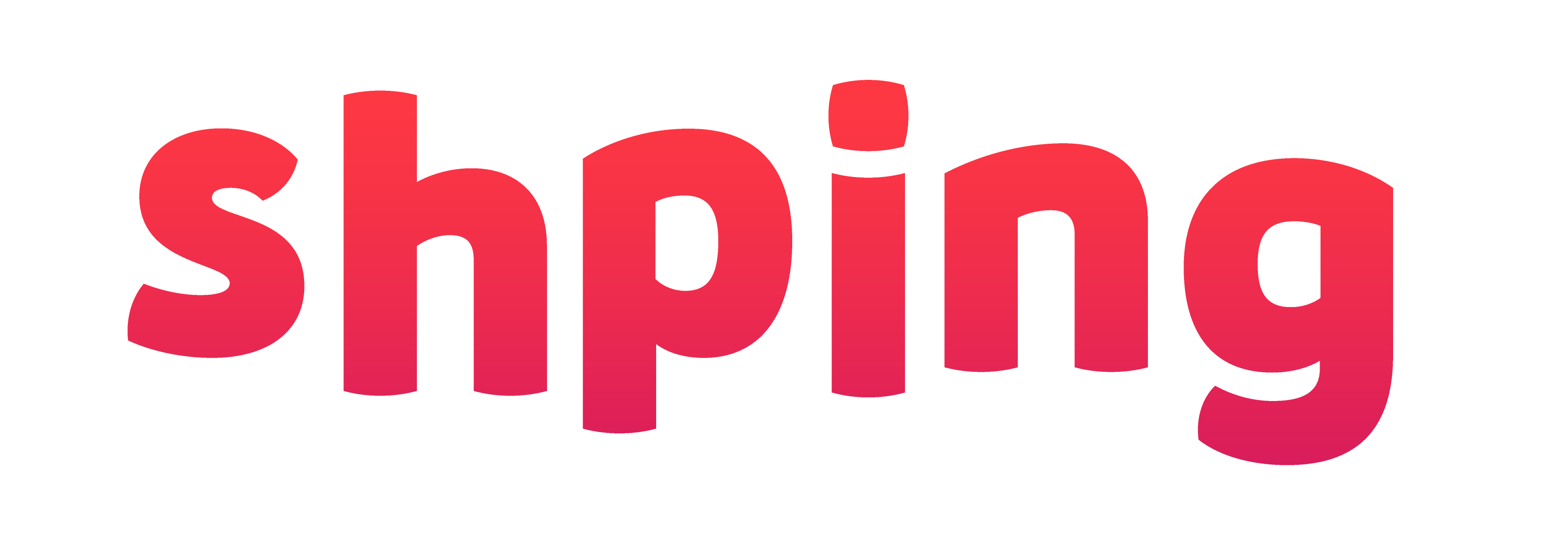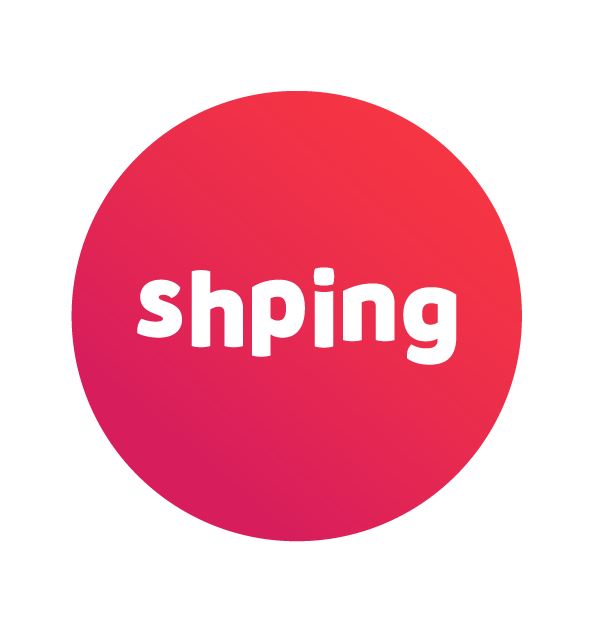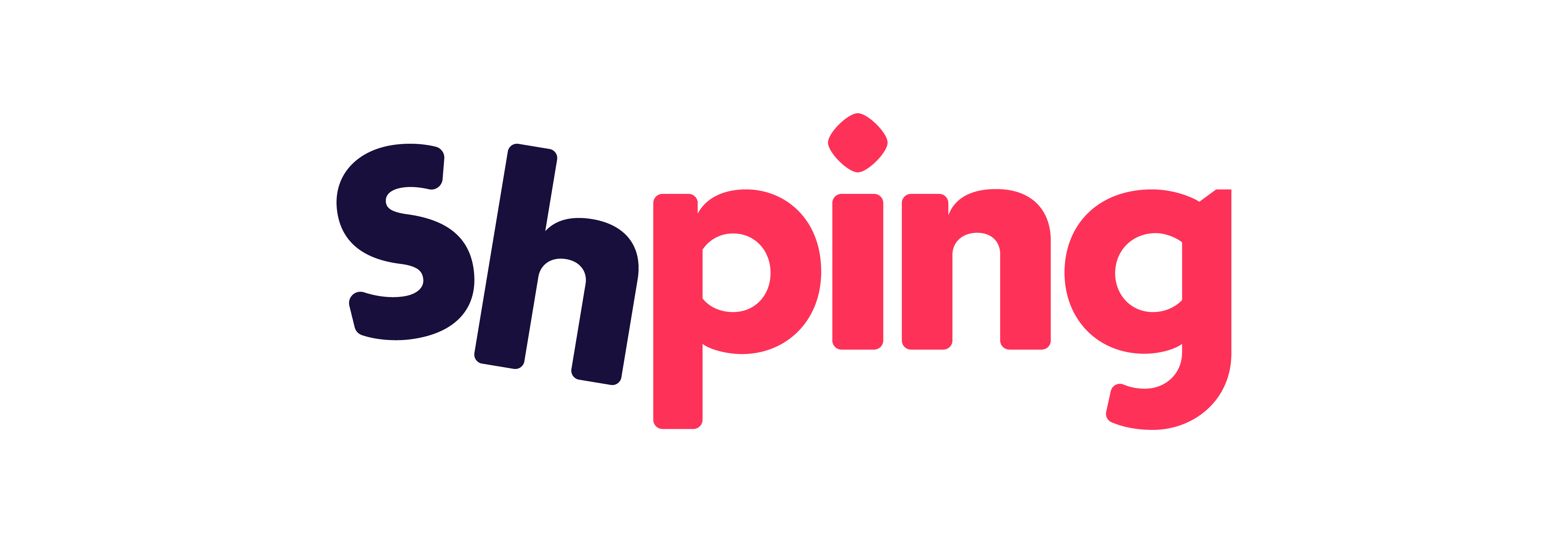From fake honey scandals to alarming food tampering incidents that have hospitalised consumers, product recalls are costing brands more than just money. They’re also turning customers off entire product categories and doing major reputational harm. Here’s how your brand can proactively manage recalls with Shping:
What to do when the worst happens
Food fraud and tampering have plagued the food industry for years, and recent scandals have placed these issues in stark relief. The global cost of food fraud is estimated at around $50 billion annually, and a recent fake honey scandal that has flooded the local market shows just how close to home this problem can hit.
Local honey supplier Capilano has recently been accused of selling “adulterated” honey under its Allowrie-branded Mixed Blossom Honey, according to independent tests run by a German lab. This comes in the same week as sewing needles were found in strawberries from Queensland brands Berry Obsession and Berry Luscious, prompting the hospitalisation of one young man and a wide-scale recall of the fruit across three states.
Speaking to RetailBiz, CEO and founder of Shping Gennady Volchek emphasised that recalls can happen to anyone, at any time.
“The reality is that it’s not a new problem, it has been happening for a while. It happens on a regular basis around the world,” he said. “No one is immune, even systems and operations which are properly monitored require an improvement,” he said.
Not only does food fraud and tampering place the consumer at risk, but it also affects the reputation and credibility of the brands that put their name to the product. With consumer trust and brand loyalty more tenuous than ever, a recall or tampering scandal could cripple a brand’s bottom line for years to come.
Strawberry farmers like Donnybrook Berries now have to throw out millions of unaffected berries and forego a season’s worth of income because markets won’t accept their stock.
Capilano honey and the affected strawberry farmers not only have to deal with negative press and costly product recalls: they also have a long road ahead to restore their reputation in the eyes of the consumer.
The silver lining is that food fraud and tampering can be tracked, accounted for and eradicated with blockchain and cloud-based supply chain tracking solutions. In situations like these, full supply chain traceability is a critical part of your crisis comms toolkit.
For brands going into damage control, it’s vital to have full visibility of where this issue occurred in their supply chain to rapidly address the problem and provide peace of mind for the customer. Traceability and transparency lets customers and stakeholders know you’ve quickly identified the source of the problem, and are working to eradicate it and prevent it from happening again.
Managing a recall with Shping
If you need to announce a recall, timely and transparent communication is paramount for public safety, compliance requirements and reputational protection. In the event of a recall, Volchek says upfront communication between brands and consumers is essential.
“Making data more transparent is very important and both industry and consumers could benefit from enabling better communication both from a marketing and security point of view,” he says.
So how can Shping help if the worst happens?
Shping’s track and trace platform gives brands and customers a granular cross-section of a product’s journey from farm to fork. Not only does the platform capture information on product movement, it then goes one step further to give users an in-depth look at who has handled the product, right down to the names of those who packed it. Shping lets brands proactively give their customers the information they need to know, when they need to know it. The app can send out mass alerts and push notifications to any user that has recently scanned an at-risk product, while ensuring unaffected brands are in the clear.
In the case of these recalled strawberries, all it would take is a single scan to determine which batches were at-risk. This simple scan would tell you exactly who had access to the recall batch, and would identify any other batches that had been handled by the same suspects.
Instead of the consumer fear and uncertainty that has now forced farmers to dump millions of unaffected strawberries, Shping gives customers purchasing peace of mind. Our Security platform allows farmers to only remove the affected product rather then destroy most of the good stock due to lack of identification.
When a brand announces a product recall, Shping immediately generates a report disclosing all details in relation to the specific product, including:
- Any other products containing the recalled ingredient.
- Date and place of production.
- Any other ingredients used.
- Production dates and sources for each ingredient.
- Who handled the product from point of production.
- Temperatures the product was exposed to.
This information is sourced from a number of integrated systems, including farmers stock and manufacturing control system, employee time clock systems, surveillance system, certification and lab test results, transport and other freight data, allowing us to provide real-time access to trusted sources. That also means a customer is alerted as soon as they scan a product that’s subject to a recall, and is then given all the information they need to know to take action.
The beauty of the Shping mobile app is that it puts the power into the hands of the consumer. Shoppers can initiate their own checks for product recalls with just the scan of a barcode. That allows you to deliver greater transparency to your consumers as you focus on getting back to business as usual.
To learn more about our security offering, feel free to contact us and speak to one our representatives.

 By
By 
